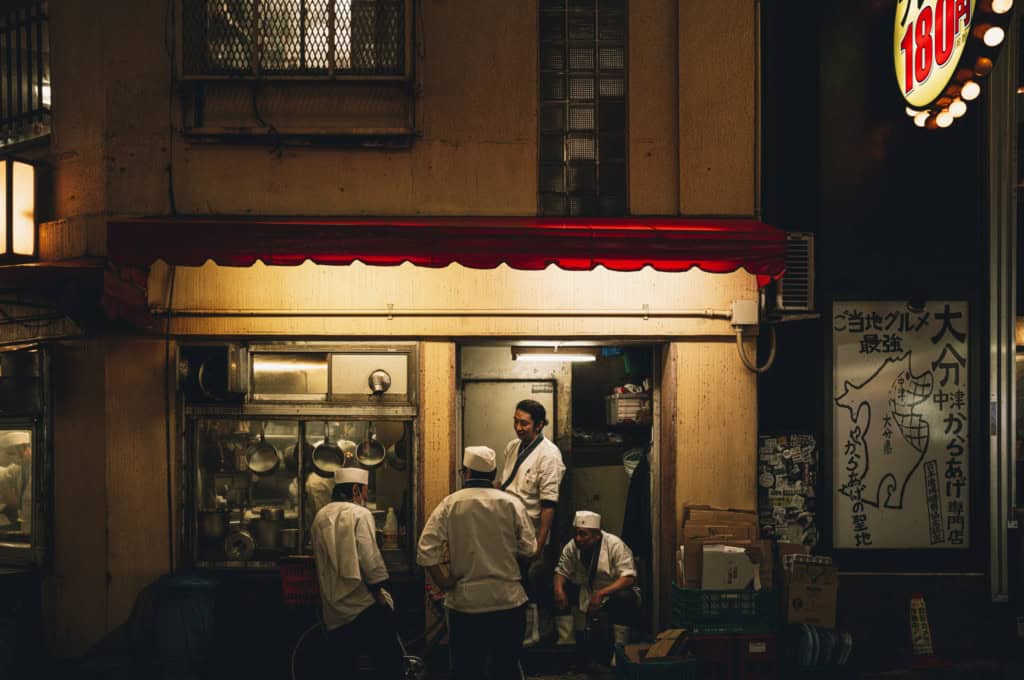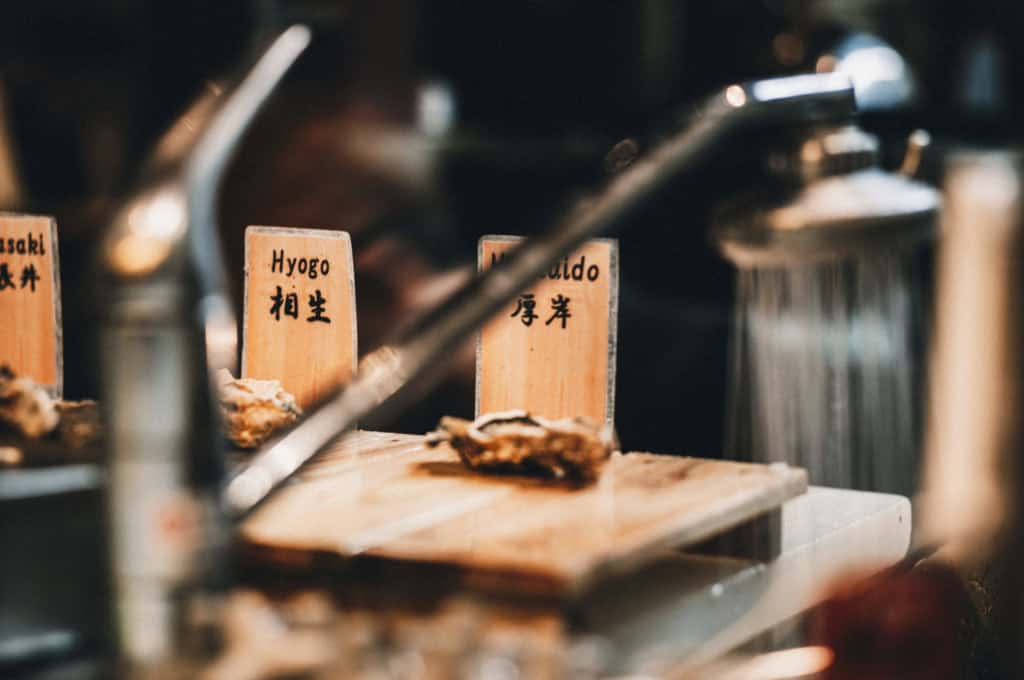
Japanese Cuisine is “Beyond Taste”

In Japan, being a chef isn’t simply a job—it’s a lifelong commitment, one that’s deeply respected in society. This dedication is particularly evident in Japanese cuisine, where precision, tradition, and artistry are paramount. Many chefs begin as apprentices, spending years working under seasoned masters. At first, their days are filled with basic tasks: cleaning, preparing ingredients, and observing carefully as their teachers work. They learn step by step, often waiting years before they’re trusted to prepare dishes for customers on their own.

The Perfection in Every Detail:
These chefs, known as shokunin, embody a dedication to perfecting their craft—a concept known as kodawari. Kodawariis all about an uncompromising focus on excellence in every detail, whether it’s selecting the finest ingredients, mastering precise techniques, or creating harmony in each dish. There’s no rush to the finish; instead, there’s a steady commitment to doing things the right way. Over time, this approach earns these chefs deep respect in Japanese society, where they’re seen as symbols of patience, hard work, and pride in quality.

Mastering One Dish:
In many traditional Japanese restaurants, chefs specialize in just one type of dish, like sushi, ramen, or tempura. This single focus allows them to truly dedicate themselves to mastering their chosen craft, and refining their skills over time. By focusing on one specialty, chefs can explore the subtleties within that dish and continually seek improvement. Customers who come to these restaurants appreciate this dedication, knowing they’re experiencing food made by someone who has devoted their career to that specific dish.

The Role of Ceramics:
Presentation is also essential in Japanese cuisine, and the choice of ceramics plays a big role. Plates, bowls, and cups are often handmade, sometimes crafted specifically for a single dish. Many of these ceramics come from the Shiga region, which is famous for its skilled pottery artisans. Each piece is carefully chosen to complement the food, enhancing its colors, textures, and even the feel of each bite. The ceramicware mirrors the same attention to detail as the food itself, turning the meal into a full sensory experience.

More Than a Meal:
Dining at a traditional Japanese restaurant is more than just eating; it’s an encounter with years of training and dedication. Each dish reflects the chef’s journey, from the careful slicing of fish to the thoughtful arrangement on the plate. Customers come not just to eat, but to appreciate the effort behind every meal.
In Japan, a meal prepared by a shokunin is much more than just food. It’s a connection to a tradition of dedication, where every detail matters and where excellence is pursued without shortcuts. This is what makes Japanese cuisine unique—not just the flavors, but the skill, care, and respect that chefs bring to their craft every day.




Article by Andreas Stelzer
Share this post
Growing up in the south of Munich, I was drawn out into the world at an early age, yet I always remained loyal to my hometown. I went on my first big trip to Southeast Asia when I was 20. At that time, I took my first SLR camera, which I received as a gift at the age of 13. In retrospect, I can say that I discovered my passion for street photography during those three months. Shortly after, I started studying architecture at the TU Munich and lived in Rio de Janeiro for seven months, until the beginning of the 2020 pandemic. At the end of July 2021, after my bachelor's degree, I bought a new camera because I wanted to take more photos again. Almost two years later to the day, I held my first exhibition on street photography.
When I walk through the streets with my camera, whether it's Munich, Istanbul, Rio or Venice, I can switch off incredibly well and am in the moment. I manage to block out everything around me and get into the situations I'm observing. I have time for myself and time to think, organise my head and tidy up a bit. Like a retreat that is not a place, but always in motion. The camera itself, literally gives me a hold, it acts as a tool for communication, but sometimes also as a deterrent. People approach me or deliberately turn away, this constant exchange, be it just a glance or a conversation that develops from it, opens the door to cultures that would otherwise remain closed to me.
Read Next




